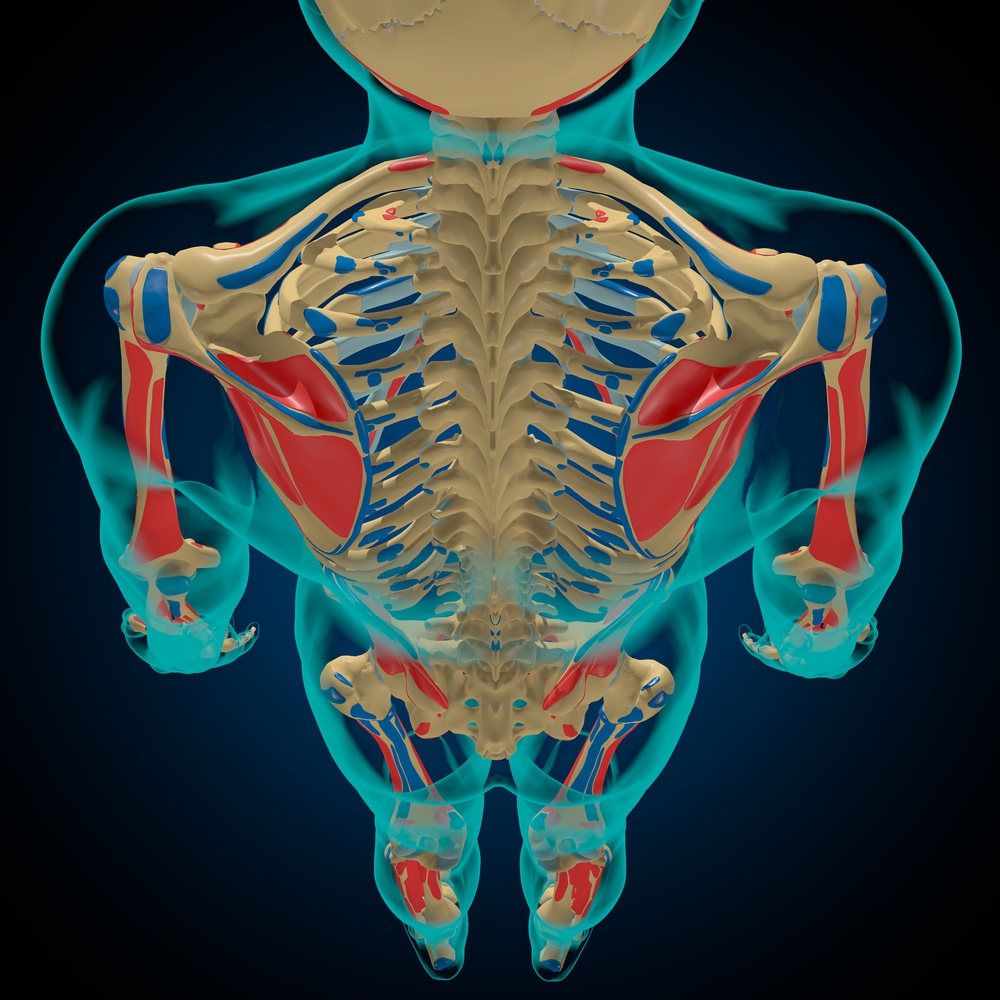Title: Understanding Muscle Origin and Insertion: A Comprehensive Guide
The human body is a complex machine powered by a network of muscles that facilitate movement and stability. Central to understanding how these muscles function are the concepts of muscle origin and insertion. These terms describe the points at which muscles attach to bones, influencing the mechanics of movement and the effectiveness of muscular contractions. This article delves into the intricacies of muscle origin and insertion, highlighting their importance in both everyday activities and specialized physical training.
What are Muscle Origin and Insertion?
Muscle origin and insertion are fundamental terms in the study of musculoskeletal anatomy. The origin of a muscle refers to its attachment site on a stationary bone, typically closer to the center of the body. This point remains relatively fixed during muscle contraction. On the other hand, the insertion is the point where the muscle attaches to the bone that moves when the muscle contracts. This site is usually located further from the body’s midline and is more mobile compared to the origin.
Understanding these attachment points is crucial for several reasons. It helps in identifying muscle functions, diagnosing injuries, and devising effective physical therapy and training programs.
The Role of Muscle Origin and Insertion in Movement
Muscle origin and insertion play a pivotal role in the mechanics of movement. When a muscle contracts, it pulls on the bone at the insertion point, causing movement around the joint. For example, in the biceps brachii, the origin is located on the scapula, while the insertion is on the radius. When the biceps contract, they pull the radius towards the shoulder, resulting in the bending of the elbow.
This relationship between origin and insertion also determines the range and type of movements a muscle can produce. Muscles with origins and insertions that are closer together tend to produce more precise movements, while those with longer distances between these points can generate greater power and a broader range of motion.
Examples of Muscle Origin and Insertion
Understanding specific examples can further clarify these concepts. Here are a few notable examples:
- Deltoid Muscle:
- Origin: Clavicle, acromion, and spine of the scapula.
- Insertion: Deltoid tuberosity of the humerus.
- Function: Abduction, flexion, and extension of the shoulder.
- Quadriceps Femoris:
- Origin: Ilium (rectus femoris), femur (vastus muscles).
- Insertion: Patella and tibial tuberosity via the patellar ligament.
- Function: Extension of the knee and flexion of the hip (rectus femoris).
- Gastrocnemius Muscle:
- Origin: Medial and lateral condyles of the femur.
- Insertion: Calcaneus via the Achilles tendon.
- Function: Plantar flexion of the foot and flexion of the knee.
These examples illustrate how the specific attachment points of muscles influence their function and the types of movements they facilitate.
Importance in Physical Training and Rehabilitation
Knowledge of muscle origin and insertion is essential in designing effective physical training and rehabilitation programs. Trainers and physical therapists use this information to create targeted exercises that enhance muscle strength, flexibility, and endurance. For instance, understanding that the hamstrings originate from the ischial tuberosity and insert on the tibia and fibula helps in designing exercises that effectively stretch and strengthen these muscles, improving overall leg function and reducing the risk of injury.
In rehabilitation, precise knowledge of these attachment points aids in diagnosing muscle injuries and developing recovery protocols. For example, if a patient experiences pain in the shoulder, a therapist might focus on the muscles with origins and insertions around the shoulder joint to determine the exact source of the problem and implement appropriate treatment strategies.
Conclusion
Muscle origin and insertion are foundational concepts in the study of human anatomy, essential for understanding how muscles produce movement and maintain stability. These attachment points dictate the mechanics of muscle action, influencing everything from everyday activities to athletic performance and injury recovery. By appreciating the intricacies of muscle origin and insertion, one can gain deeper insights into the human body’s remarkable capabilities and develop more effective approaches to physical training and rehabilitation.
For more detailed information on muscle origin and insertion, you can refer to resources like the National Center for Biotechnology Information (NCBI).
Understanding these principles not only enhances our knowledge of human anatomy but also empowers us to take better care of our bodies through informed physical activity and rehabilitation practices.
